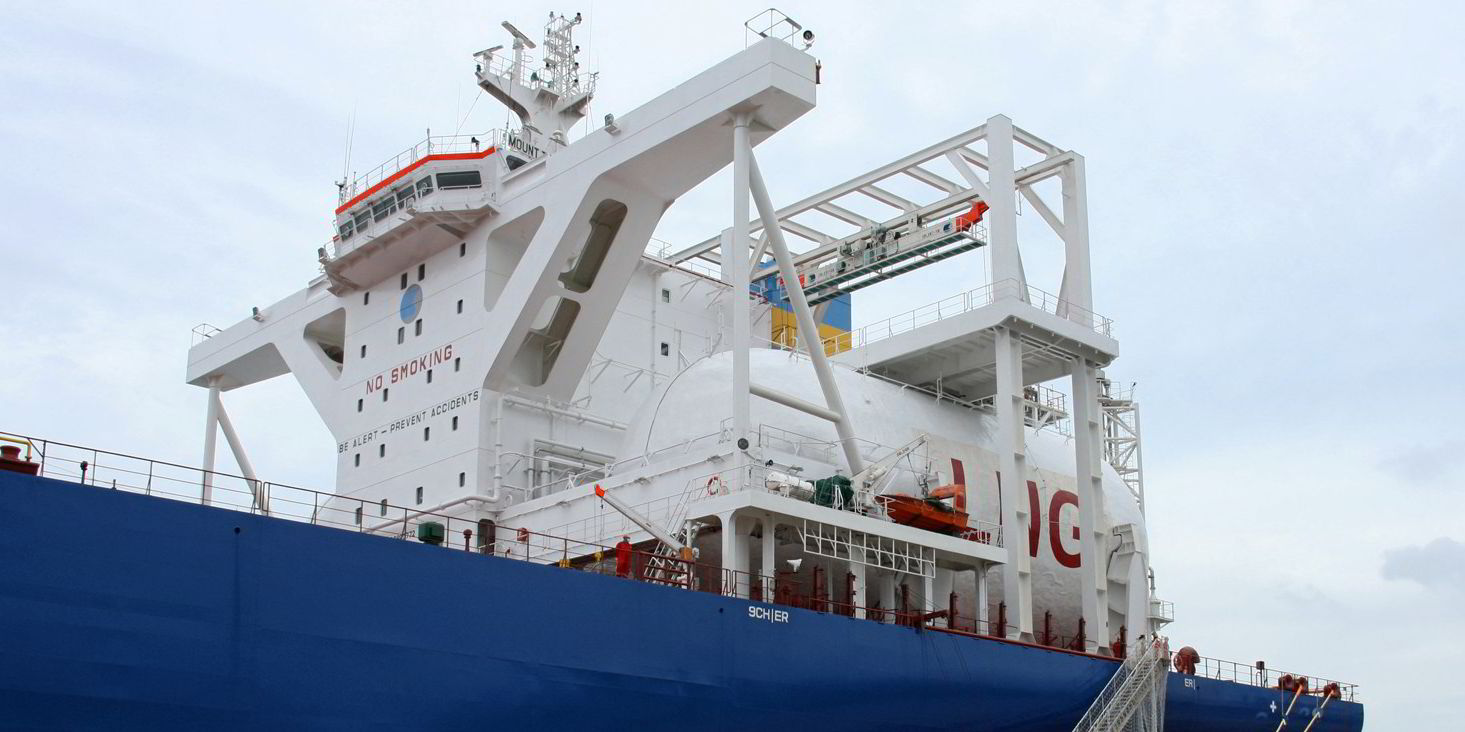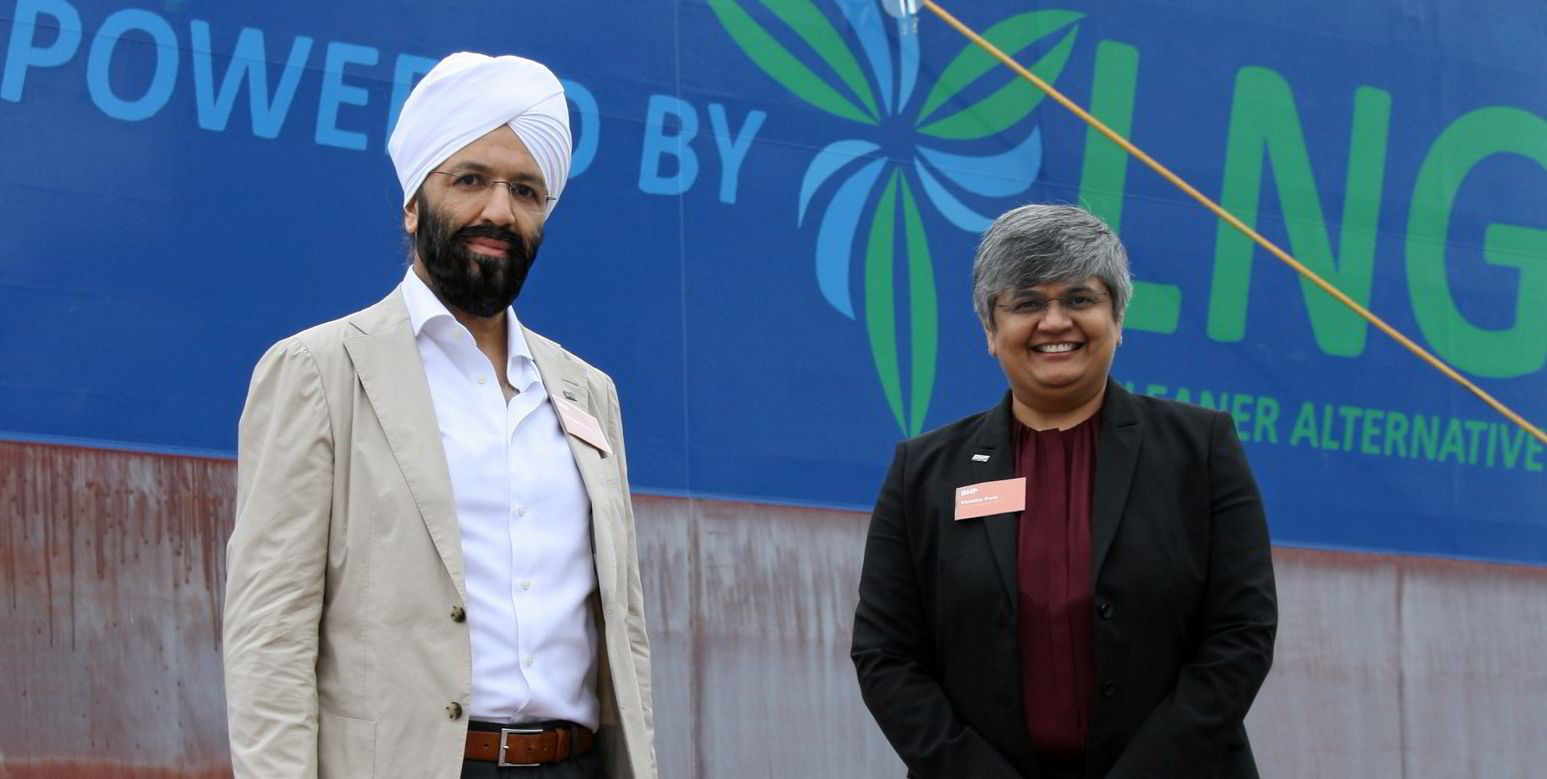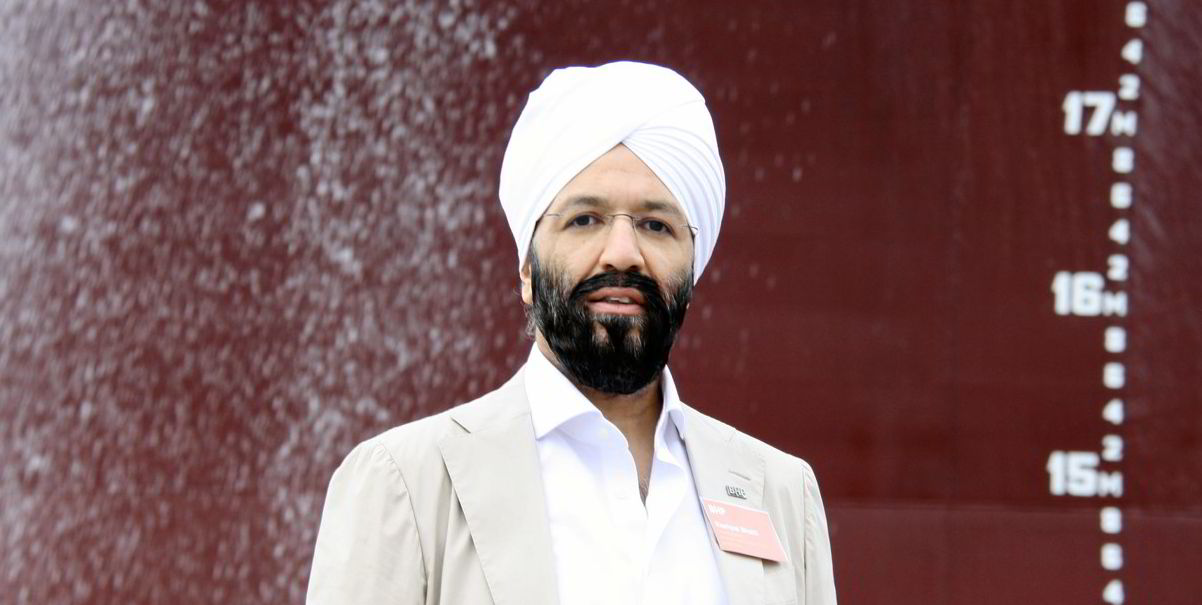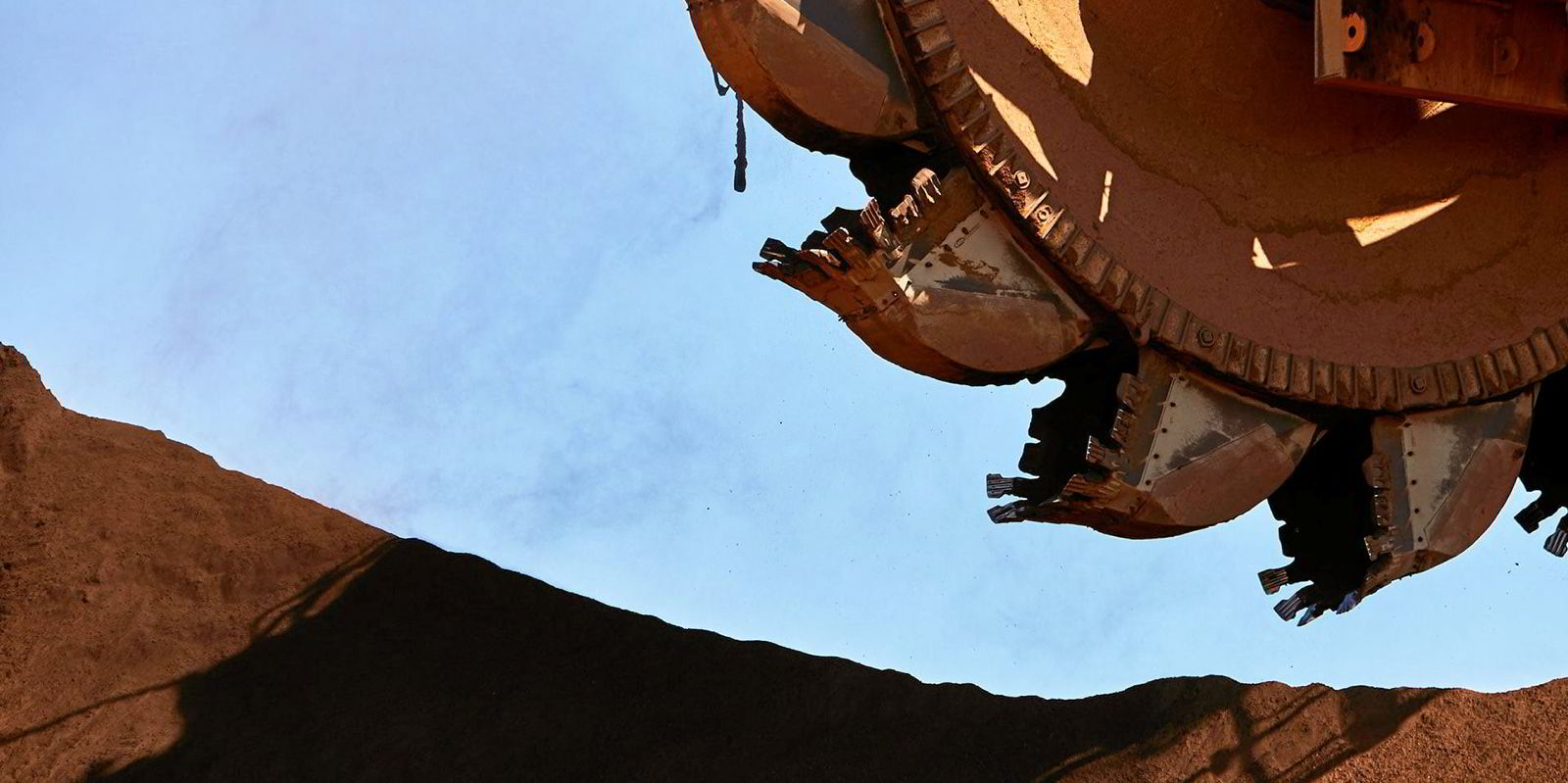Building the LNG-powered bulker Mount Tourmaline and its four sisters was a project years in the making and required collaboration across the shipping ecosystem.
Senior BHP executives said it was not a case of finding out who had available vessels to charter and then signing a deal.
“It is a culmination of two to three years of work by our team, along with the maritime ecosystem,” Vandita Pant, BHP chief commercial officer, explained.
When BHP first started the project, it knew that container ships were running on LNG, so the fuel worked.
“What we didn’t have was a design for a newcastlemax running on LNG, so the first thing we had to do was get the ecosystem together, including DNV, to say what the technical design should look like,” Rashpal Bhatti, BHP vice president for maritime and supply chain, said.
“Once we did that and DNV signed off on it, we were ready to go”.
BHP tendered both the engineering and commercial contracts, attracting bids from 30 different organisations and consortia from around the world.
“The question was which organisation had the expertise with LNG, with the shipyards, and with the fuel provider,” Bhatti said.

Singapore-based Eastern Pacific Shipping was deemed to tick all the right boxes.
“What came out of that is what we have today: EPS [Eastern Pacific] and Shell, with the Maritime and Port Authority of Singapore as the partner that goes along with that,” Bhatti explained.
While the newcastlemax project is BHP’s first large initiative from a maritime perspective, Bhatti said there will be many more in the future.
“What we feel very, very confident about is that we have the right partnerships across the industry to deliver this kind of thing.
“Since we decided to sign up with EPS we have had a number of organisations come up to us and say they would like to replicate this.”
The Mount Tourmaline and its sister ships will primarily carry iron ore to northern Asia from BHP’s main export terminal in Port Hedland.
LNG bunkers will be supplied exclusively by Shell in Singapore.






